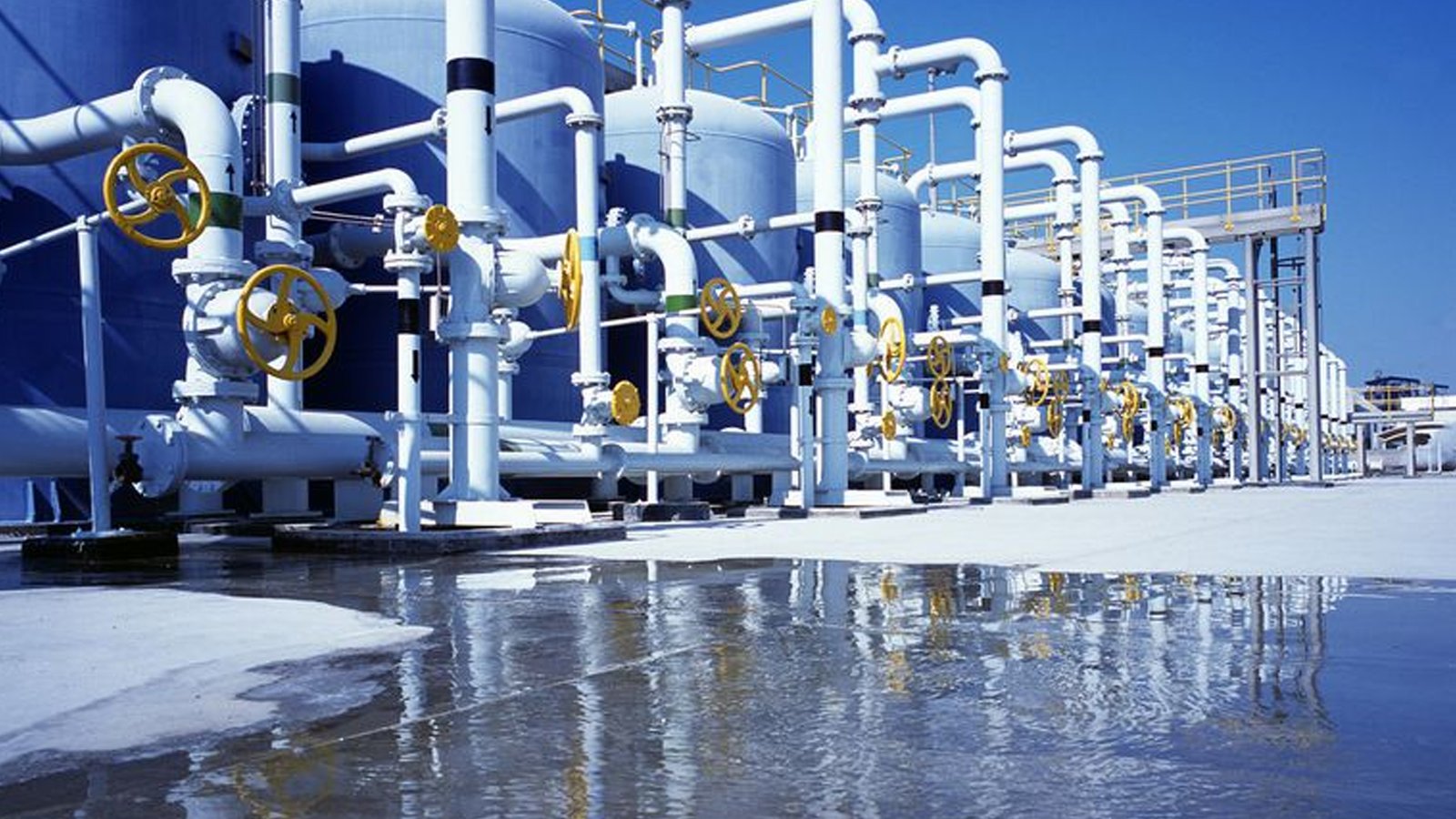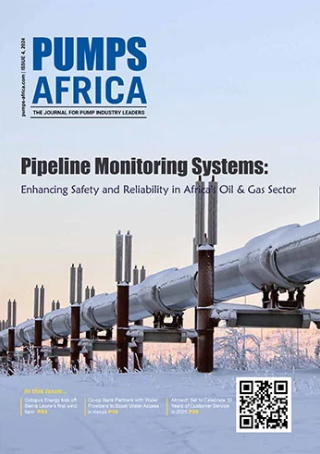Demand for water reuse and desalination technologies is growing at an accelerating rate as cities around the world come to terms with the vulnerability of their water supply.
According to figures announced in Rome at the International Desalination Association’s International Water Reuse and Recycling Conference, total contracted capacity for unconventional water production facilities will reach 321 million m3/d by the end of 2021. That is more than twice the volume of water discharged to the sea by the river Nile every day.
Of the two technologies, water reuse is growing fastest. Orders for new water reuse plants are expected to top 20.9 million m3/d of capacity in 2021, compared with 15.6 million m3/d of capacity in 2020 and 11.8 million m3/d of capacity in 2019. Orders for new seawater and brackish water desalination plants are expected to reach 5.1 million m3/d – an 8% increase on the previous year. 2021 will be the fourth year in a row in which the rate of growth of the unconventional water resources market has increased. The data is provided by GWI DesalData.
Carlos Cosin, IDA President and CEO of Almar Water Solutions, commented on the figures: “I’m excited to see results after many years of working to develop and promote non-conventional water resources. Promoting non-conventional resources through desalination and water reuse is the IDA’s mission. Although slow to arrive, we are clearly at the inflection point to ramp up this unique way to generate new water resources as a critical pillar to fight against climate change. Population growth, climate change, and resource scarcity make water reuse an increasingly in-demand technology. Thanks to investment in technologies, its low cost and reliability show it is an affordable non-conventional resource for society. The next step is to raise awareness and educate the public, as Singapore has already done, and make its use much more extensive for direct and indirect potable use. I am sure global implementation of these solutions will come sooner rather than later.”
READ: Global Wind Energy Council launches African wind body
The key markets for water reuse have been Asia and the Middle East, where urban populations have been growing fast in areas with limited water resources. Droughts in the southwestern United States and Latin America’s Parana river basin during 2021 are likely to lead to accelerated investment in water recycling in those regions next year and beyond. Although agriculture remains the largest sector of the market for water reuse, high grade water use using triple barrier protection for potable applications has been growing fast.
In the past, the desalination market has been held back by concerns about its energy consumption, but in recent years the emergence of low cost solar power has dramatically cut the cost of desalinated water. Records for the lowest cost of desalinated water started to fall in 2018 when the $0.50/m3 barrier was broken by a project in Saudi Arabia. Next month, a project in Dubai is expected to close financing with a tariff of 0.27/m3 – largely thanks to the availability of low cost solar power in the emirate.
Christopher Gasson, Publisher of GWI DesalData, commented: “Water reuse has seen incredible growth over the past five years, but this may be just the beginning of something even bigger. Once politicians understand that indirect potable reuse is the safest, lowest cost and most environmentally friendly source of additional water, it could become the norm all over the world as it is in Singapore today.
“Looking at the pipeline for the desalination projects, 2022 could well be the best year ever. Beyond that, the challenge for the industry will be to replicate the low costs and small carbon footprints achieved in the GCC region in the rest of the world.”







